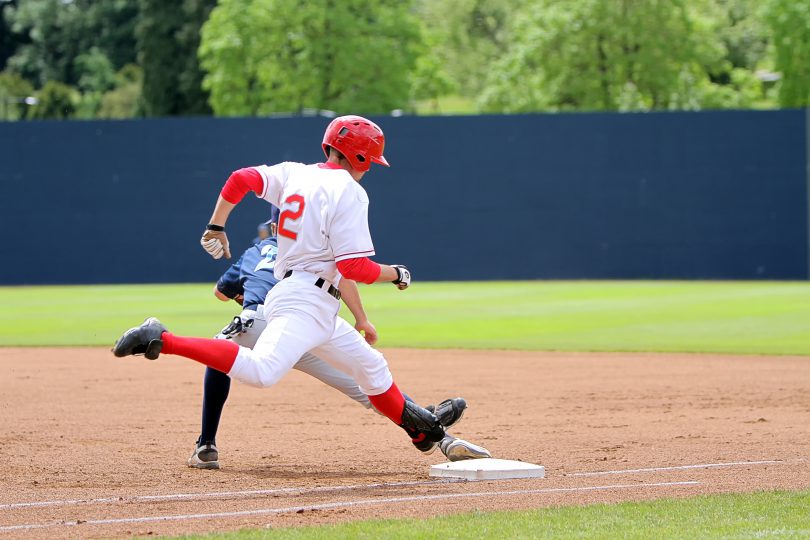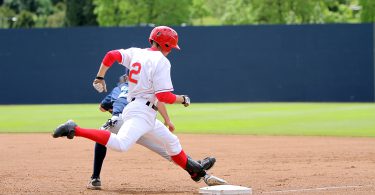The Situation:
There’s a left-handed hitter with below-average speed up at the plate, and the defense has shifted every infielder from the second base bag over to the right field line. The third baseman is directly behind second base, the shortstop is playing where the second baseman usually would, the second baseman is deep in the 3-4 hole, about 20 feet back on the outfield grass, and the first baseman is hugging the line playing deep.
The Play:
The left-handed hitter, who has below average speed, pulls a slow, bouncing ground ball towards the second baseman. The pace of the ball is so routine that no one thinks anything of it. The shortstop takes a few hard steps towards the ball, but realizes he will have to field the ball on the run and pulls up. Figuring it’s a routine ball going straight at the second baseman, he lets the ball go towards the second baseman.
The Outcome:
The second baseman reacts to the ball as he should, charging it and cutting the distance. He too quickly realizes that he will have to field the ball on the run. He is playing so far back on the grass, that the play seems to take forever. By the time he gets to and fields the ball, everyone knows he has little time. He gets rid of the ball as quick as can be, but the slow-footed batter beats it by half a step. He is credited with an infield single.
What Went Wrong:
It’s tempting to just chalk this infield single up to the shift. The shift giveth and the shift taketh away, right? Wrong. The right side positioning may not be something the shortstop is used to, but we know that this is his play to make. Despite having to field it on the run and take a lateral angle to the ball, he has the shortest distance to the ball and the best chance to make this play. The pace of the ball and positioning of the second baseman deep on the grass simply don’t give him enough time, even though he does everything right.
With shifts still alive and well in amateur baseball, all fielders must get accustomed to an aggressive mindset when attacking the ball on the ground or chasing it down in the air (like we saw in this Think the Game). When you are in the shift, you must act like any ball off the bat is your play to make, until the play dictates otherwise. The shortstop’s initial instincts to aggressively pursue the ball were right, but he gave up on it before the course of action dictated that it was someone else’s play to make. Shifts also put a premium on communication. With lots of fielders in close proximity, there is an increased likelihood of collisions and batted balls where multiple fielders have a legitimate chance to make a play on the ball.
Luckily, communication skills and fielding balls from different positions on the diamond are not that hard to work on in training. Make sure you are getting defensive reps from all the different places you might find yourself during a shift. This means that you may have to take ground balls from every actual position on the field and then from the shallow outfield as well. Rather than gripe about the new challenges brought on by defensive shifts, embrace the change and make it a part of your think the game toolkit.







